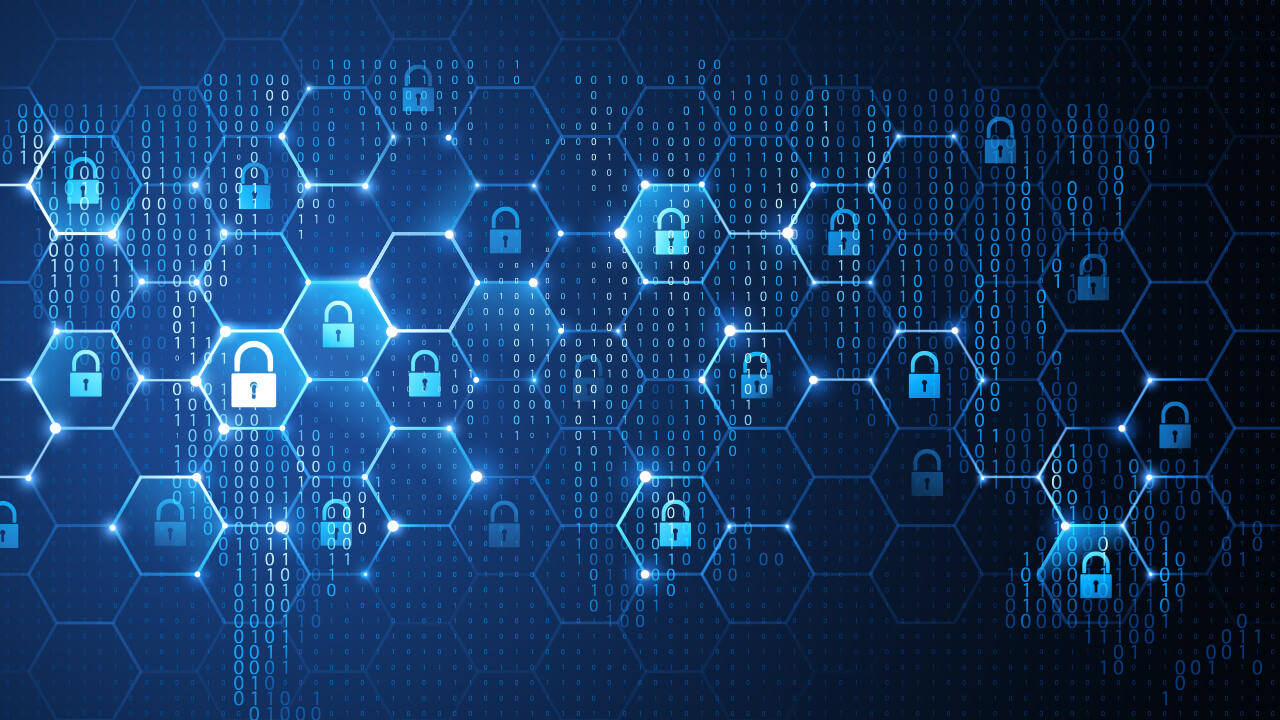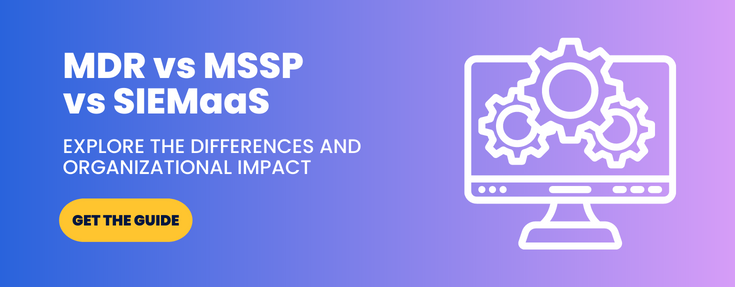SOAR Cybersecurity Explained

 By
Jason Miller
·
4 minute read
By
Jason Miller
·
4 minute read
If you’re confused by the numerous acronyms flying around in security circles, you’re not alone! With a myriad of terms, abbreviations and contractions, it can be hard to keep up with the latest developments. If you work in the security industry, you’ve probably heard of SOAR, but do you know exactly how it works?
SOAR refers to security orchestration, automation and response, which doesn’t really make things clearer. In order to examine what SOAR really does, it’s necessary to look at each of these elements in turn…
.jpg?width=3220&height=1424&name=SOAR%20(1).jpg)
Security Orchestration
Organizations generally use a range of security products and tools. Oftentimes they have been produced by different software writers and manufacturers. While it would be useful if these security tools worked according to an industry-standard, this just isn’t the case. Instead, your security systems, products, and tools all rely on their own data processing, languages, and protocols.
Security orchestration brings these tools together and orchestrates them into a cohesive, coordinating system. In doing so, these security products and tools are able to communicate more effectively. Similarly, data which was once in a proprietary format and could only be used by specific programs can now be stored in a more common format. This means it’s usable by various other security tools.
Put simply, security orchestration is designed to bring your existing security measures into a more consistent and effective system. With each element remaining distinct (yet interconnected), you get the benefits of using different products and tools without the disparity and disjointed results which often follow.
Security Automation
Automation has been a buzz word throughout the last decade, but it’s been particularly relevant in the IT security industry. As technology has advanced, manual processing has become almost impossible. Data can be produced so quickly that security staff are simply unable to process it efficiently enough.
Instead, data is dealt with by automation and your security protocols follow suit. Using a variety of playbooks and security orchestration, an automation and response platform is able to identify potential threats and monitor data as it’s processed. It can also carry out automated tasks and activities.
By examining information and behavior, security automation tools pick out unusual correlations which may indicate that a threat is occurring. These can then be flagged by the system and confirmed as a threat or disregarded.

Security Response
Of course, once a potential threat has been detected something needs to be done. This is where your automated security response comes in. Although you could, theoretically, rely on manual intervention to respond to every threat detected via security automation, this isn’t the best use of your resources.
Instead, your SOAR platform can be ‘taught’ to respond to particular threats in a specific way. With rules written by your own analysts and security operatives, you can create a customized automated response system. This allows you to deal with threats in exactly the way you choose.
While your SOAR platform may be able to dismiss some threats entirely, it can also quarantine threats until manual intervention becomes available. In addition to this, you can ensure your SOAR platform alerts staff to potentially critical threats which require swift manual intervention.
This achieves a number of objectives quickly and easily:
- Your analysts’ time isn’t taken up with routine tasks which don’t require their specialist skillset.
- Non-urgent threats are safely quarantined so that they cannot cause any damage.
- Staff are alerted to the most critical of threats so that they can react quickly and intervene appropriately.
What are the benefits of SOAR?
Each element is valuable in itself when you assess how security orchestration, automation, and response work in conjunction with one other. However, its true value becomes apparent when you consider that not only can you codify your security tools into an interconnected system and automate threat detection, you can also respond to these threats swiftly, via both automated responses and manual intervention when it’s required.
The benefits of SOAR Cybersecurity cannot be overstated for any organization. Automating your security protocols in this way is more effective than relying on manual intervention. It also prevents human error from causing a security lapse which could damage the business. Similarly, using automated threat detection ensures that all threats are handled in the same way. This way, eliminate human error where different staff members might categorize threats differently or incorrectly.
Ultimately, automating your security systems in this way allows for a more accurate and streamlined identification and response process. However, SOAR doesn’t just offer efficient and effective results, it delivers them in a supremely cost-effective way.
With effective automated in place, businesses are less reliant on manual intervention. Traditionally, employees are one of the largest costs to businesses. By automating security systems, companies can get accurate results without needing to employ more highly-trained staff.
Furthermore, automated security systems allow businesses the freedom to use their existing members of staff properly. Often, security analysts and operatives are required to perform mundane and routine tasks, for which they’re typically over-qualified. By automating these types of tasks, you free up your security staff to focus on more specialized issues. In addition to saving money, this can increase job satisfaction among existing members of staff and allows them to use their experience and expertise.
Is SOAR Cybersecurity enough to protect your business?
Although SOAR is a fantastic way to increase the effectiveness of your current security processes, some level of manual intervention will still be required. Many processes can be fully automated, but critical threats or complex issues will need a specialist to manually intervene.
The SOAR platform can be enhanced and complemented by other systems, such as a SIEM platform to handle security information and event management. While using SOAR is effective in its own right when you incorporate and integrate security orchestration, and automated and response with other platforms, you can create a robust and impenetrable security system to protect your organization.
BitLyft Cybersecurity takes SIEM, SOAR and SOC, together as a cohesive solution known as MDR, offering MDR to our clients, so you can focus on what’s most important; your business at hand.
If you’d like to learn more, don’t hesitate to get in touch with us today to speak to one of our friendly representatives. We’ll help explain the services we offer and how they can be customized to your exact needs.
